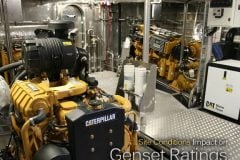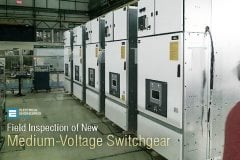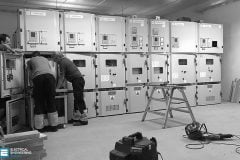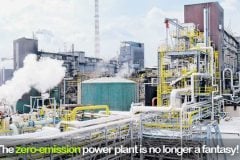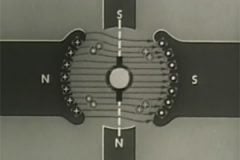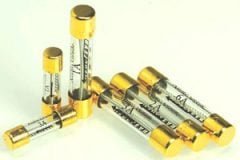
99/92/EC Directive
In addition to the 94/9/EC Directive, which regulates how explosion protected equipment and protective systems are placed on the market and the design, construction and quality requirements to be met by them, the 99/92/EC Directive stating “Minimum requirements for improving the health and safety protection of worker potentially at risk from explosive atmospheres” refers to the operation of potentially explosive installations, and is therefore intended for the employer. This directive contains only minimum requirements.
When implementing it into national law, the single states can adopt further regulations.
This was done when implementing it into British law by “The Dangerous Substances and Explosive Atmospheres Regulations (DSEAR)” and into German law by the “Betriebssicherheitsverordnung (BetrSichV)”, the German regulation on Industrial Safety and Health Protection, which in addition to this directive, takes into consideration further European directives on safety on work.
Comparable regulations are found in other European countries.
Assessment of explosion risks
When assessing the risks of explosion, the following factors are to be taken into account:
- The likelihood that explosive atmospheres will occur and their persistence
- The likelihood that ignition sources, including electrostatic discharges, will be present and become active and effective
- The installations, substances used, processes, and their possible interactions
- The scale of the anticipated effects
Zone Classification
The employer has to classify the areas in which explosive atmospheres may be present into zones, and to ensure that the minimum organisational and technical requirements of the Directive are observed.
Zone 0
A place in which an explosive atmosphere consisting of a mixture with air of flammable substances in the form of gas, vapour or mist is present continuously or for long periods or frequently.
Zone 1
A place in which an explosive atmosphere consisting of a mixture with air or flammable substances in the form of gas, vapour or mist is likely to occur in normal operation occasionally.
Zone 2
A place in which an explosive atmosphere con-sisting of a mixture with air of flammable substances in the form of gas, vapour or mist is not likely to occur in normal operation but, if it does occur, will persist for a short period only.
Zone 20
A place in which an explosive atmosphere in the form of a cloud of combustable dust in air is present continously, or for long periods or frequently.
Zone 21
A place in which an explosive atmosphere in the form of a cloud of combustible dust in air is likely to occur in normal operation occasionally.
Zone 22
A place in which an explosive atmosphere in the form of a cloud of combustible dust in air is not likely to occur in normal operation but, if it does occur, will persist for a short period only.
Table 1 contains an overview of the zones and allocation of equipment according to the category.

Reference: The basics of explosion protection – STAHL


